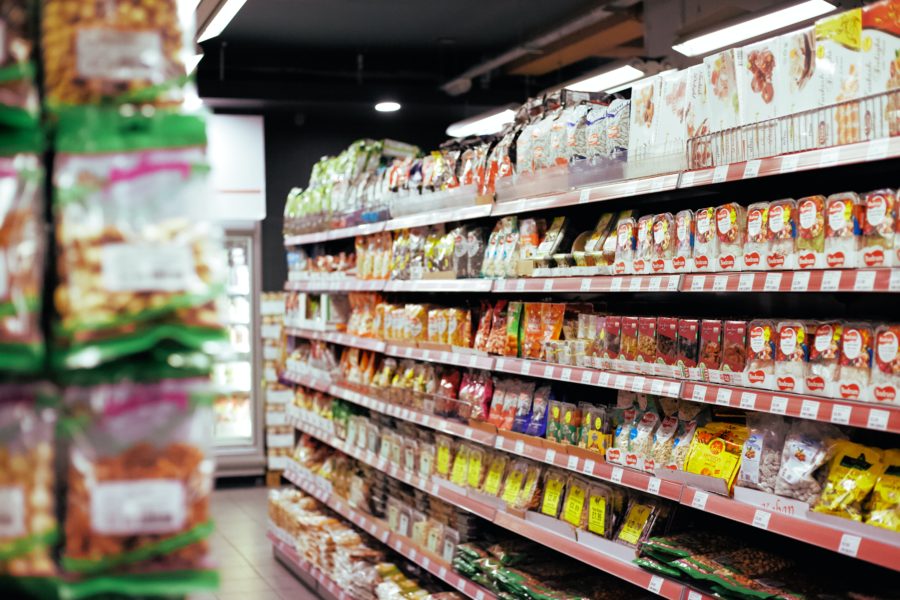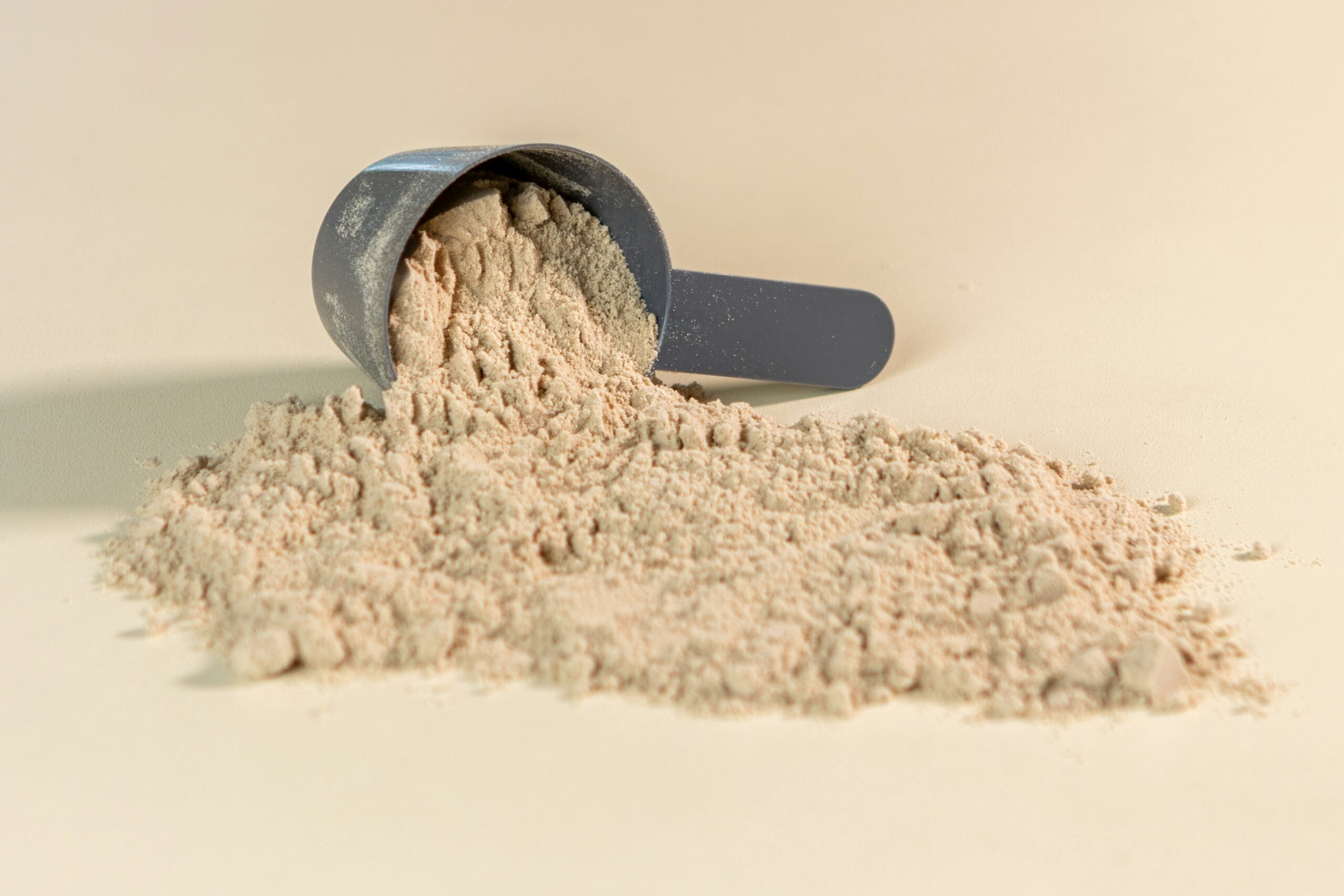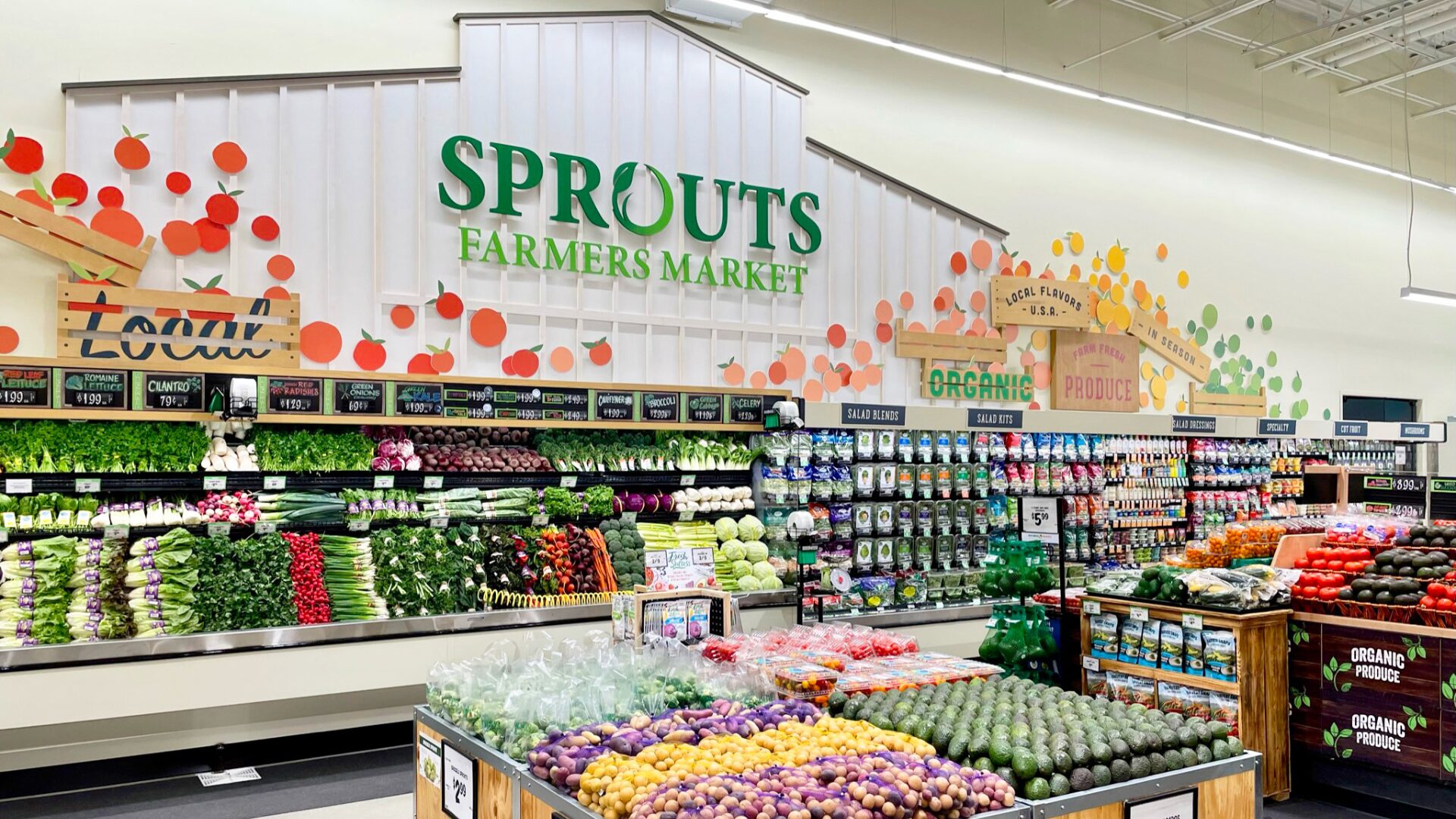Kroger forecasted growth of more than 13% for 2020 in its latest earnings report.
Sales were up 8.2% to $30.5 billion in second quarter, with growth up 139% excluding fuel. Identical store sales increased 14.6%, while digital sales were up 127% and operating profit was up 46.7% to $820 million.
During the pandemic, the retailer has seen shoppers undertake fewer trips but build larger baskets, rediscover a passion for cooking, have an aspiration to heat more healthy foods, trade up to larger pack sizes, and eat more meals at home—including breakfast.
These trends have translated into strong growth for its private label ranges, with sales of Simple Truth up over 20% and Private Selection up over 17%.
The company believes that, with a more challenging economic climate ahead, it is well-positioned given the expectation that there will be a greater shift from food consumed away from home to food consumed at home.
CEO Rodney McMullen believes the increase in cooking will outlast the health crisis, reported CNBC (Sept. 11).
“When we talk to our customers, what they tell us… they love baking with their kids, and it’s something they enjoy doing together. If they have older kids, it’s like, ‘Well, we really enjoy time together,’” said McMullen. “So everything that we can see, it’s something that will be a long-term trend because people have, one, learned how to cook and, two, found they really enjoy it.”
Kroger’s investments in its digital capabilities underpinned its performance in second quarter. Sales increased 127%, contributing 4.4% to identical store sales growth.
On Sept. 10, The Wall Street Journal reported that, despite hundreds of millions of dollars in technology investments, Kroger wasn’t as ready for the online shift caused by the pandemic compared to its competitors.
The company has poured money into projects such as a self-driving grocery delivery robot and a partnership to sell goods in China through Alibaba. It also bet on a delivery model using remote fulfillment centers.
However, when the pandemic caused many customers to order groceries online for the first time, the company was unable to meet surging demand.
During its first quarter ended May 23, same-store sales excluding fuel were up 19% from a year earlier, while profit jumped 57% and digital sales nearly doubled. Still, other chains posted bigger gains: Albertsons said same-store sales rose 27% and digital sales nearly quadrupled in its quarter ended June 20. Target’s same-store sales jumped 24% and digital sales nearly tripled for its quarter ended Aug. 1.
In response to the pandemic, Kroger expanded contact-free payments and introduced contact-free delivery and low-contact pickup. It is also testing a subscription program that provides a year of delivery for an annual fee of $79.
A Kroger spokeswoman said the technology investments and partnerships were timely and allowed the grocer to quickly expand e-commerce services.
Part of the company’s e-commerce operation is attracting and retaining new customers. Part of the strategy has been to adapt its mailing to treat new customers are more loyal customers, providing them which an enhanced range of digital promotions.
Kroger currently offers more than 2,100 pickup locations and 2,400 delivery locations, reaching 98% of its customers. It also remains on track to open its first two customer fulfillment centers in partnership with Ocado next spring.
The retailer expects full year identical store sales growth of at least 13%, having delivered growth of 17.1% for the year to date.












